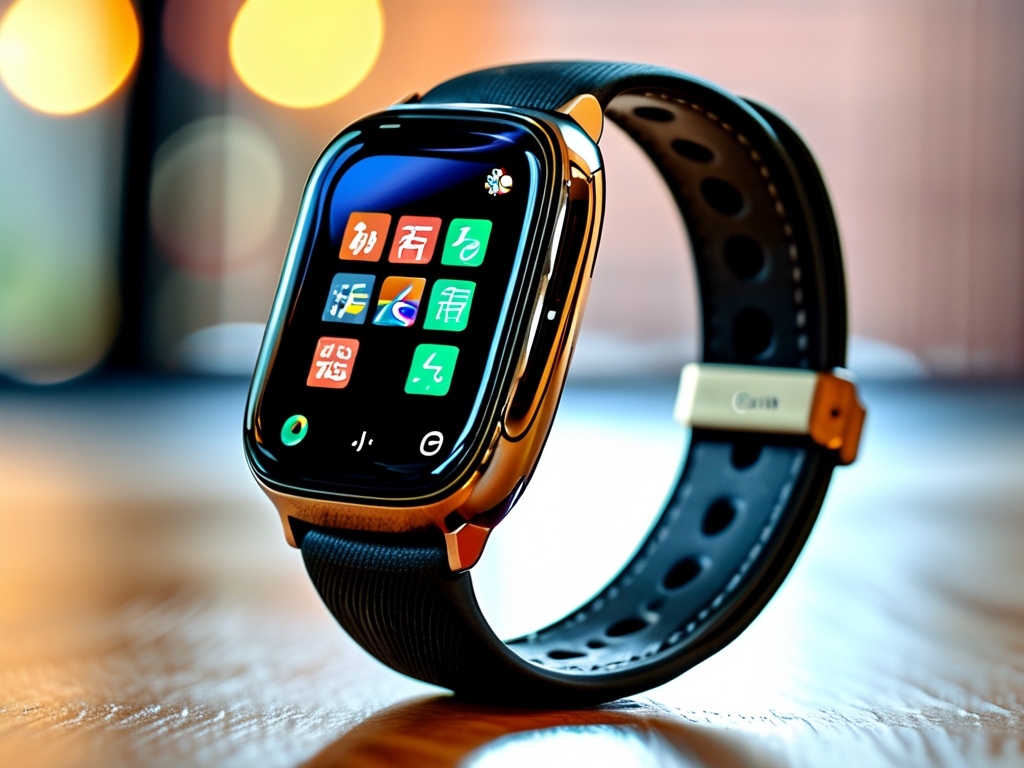The Xiaomi Mi Band 9 is one of the most popular fitness trackers on the market, offering a blend of advanced health monitoring, sleek design, and user-friendly features. However, as users explore its capabilities—such as tracking workouts, monitoring heart rate, or storing notifications—they may wonder: Where is memory management located on the Xiaomi Mi Band 9? This article dives into the device’s memory structure, explains how to optimize its storage, and addresses common questions about managing data efficiently.
Understanding Memory on Xiaomi Mi Band 9
The Xiaomi Mi Band 9, like its predecessors, uses built-in memory to store essential data such as workout logs, heart rate records, sleep analysis, and notification history. Unlike smartphones or computers, fitness bands prioritize minimalistic storage systems due to their compact size and focus on real-time tracking. The Mi Band 9 typically allocates memory for:
- Activity Data: Steps, distance, calories burned, and workout sessions.
- Health Metrics: Heart rate, blood oxygen (SpO2), and sleep patterns.
- Notifications: Call, message, and app alerts synced from a paired smartphone.
- Custom Settings: Watch faces, alarms, and preferences.
However, the device does not offer expandable storage or a traditional file management system. Instead, memory is managed automatically or through the companion app, Mi Fitness (formerly Mi Fit).
How to Access Memory Management
The Xiaomi Mi Band 9 does not have a standalone "memory management" menu on the device itself. Instead, memory optimization occurs through the Mi Fitness app or automatic processes. Here’s how to manage storage effectively:
1. Sync Data Regularly
Syncing the Mi Band 9 with the Mi Fitness app clears outdated data from the band’s memory. For example:
- Open the Mi Fitness app.
- Tap the Mi Band 9 icon to connect.
- Allow the app to sync data (this transfers stored metrics to your smartphone).
- Post-sync, the band’s memory is freed up for new recordings.
2. Delete Unnecessary Data
While you can’t manually delete specific files on the band, you can remove redundant data via the app:
- Navigate to Profile > Mi Band 9 > Activity Data (or similar sections).
- Select old workout logs or health records and delete them.
- This action removes the data from both the app and the band’s memory during the next sync.
3. Limit Stored Notifications
To reduce memory usage from notifications:

- Open the Mi Fitness app.
- Go to Device Settings > Notifications.
- Disable apps that send excessive alerts (e.g., social media platforms).
4. Reset the Device
If the band becomes sluggish or unresponsive due to memory overload, a factory reset can help:

- In the Mi Fitness app, go to Device Settings > Factory Reset.
- Confirm the action to erase all data and restore default settings.
Why Memory Management Matters
The Mi Band 9’s memory is limited (exact capacity is undisclosed but estimated at 16–32 MB). Without proper management, users may encounter:
- Syncing Delays: Full memory slows data transfer to the app.
- Incomplete Data: New metrics may overwrite old ones if storage is full.
- Performance Issues: Lag during navigation or tracking.
By syncing regularly and trimming unnecessary data, users ensure accurate tracking and smooth operation.
Advanced Tips for Optimization
- Customize Watch Faces: Avoid animated or complex designs that consume more memory.
- Reduce Heart Rate Monitoring Frequency: Lowering the measurement interval (e.g., from 1 minute to 10 minutes) saves storage.
- Avoid Storing Music: Unlike smartwatches, the Mi Band 9 cannot store music files.
Troubleshooting Memory Issues
- Sync Errors: Ensure Bluetooth is active and the app is updated.
- Data Loss: Always sync before resetting the device.
- Persistent Full Storage: Contact Xiaomi support if issues recur despite regular management.
While the Xiaomi Mi Band 9 lacks a direct "memory management" feature, its storage can be optimized through the Mi Fitness app and mindful usage habits. By syncing data, deleting redundant logs, and adjusting settings, users can maintain peak performance and extend the device’s lifespan. As fitness trackers evolve, future models may offer more granular control over memory—but for now, these strategies ensure your Mi Band 9 stays efficient and reliable.

